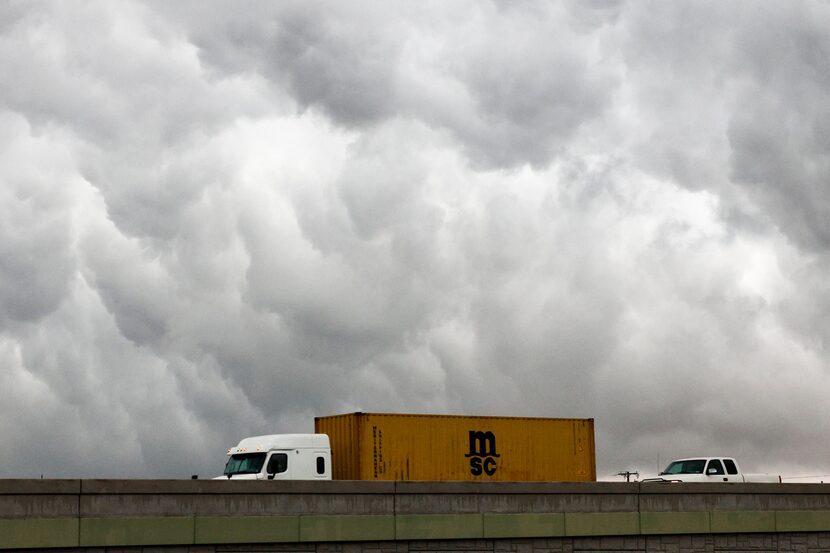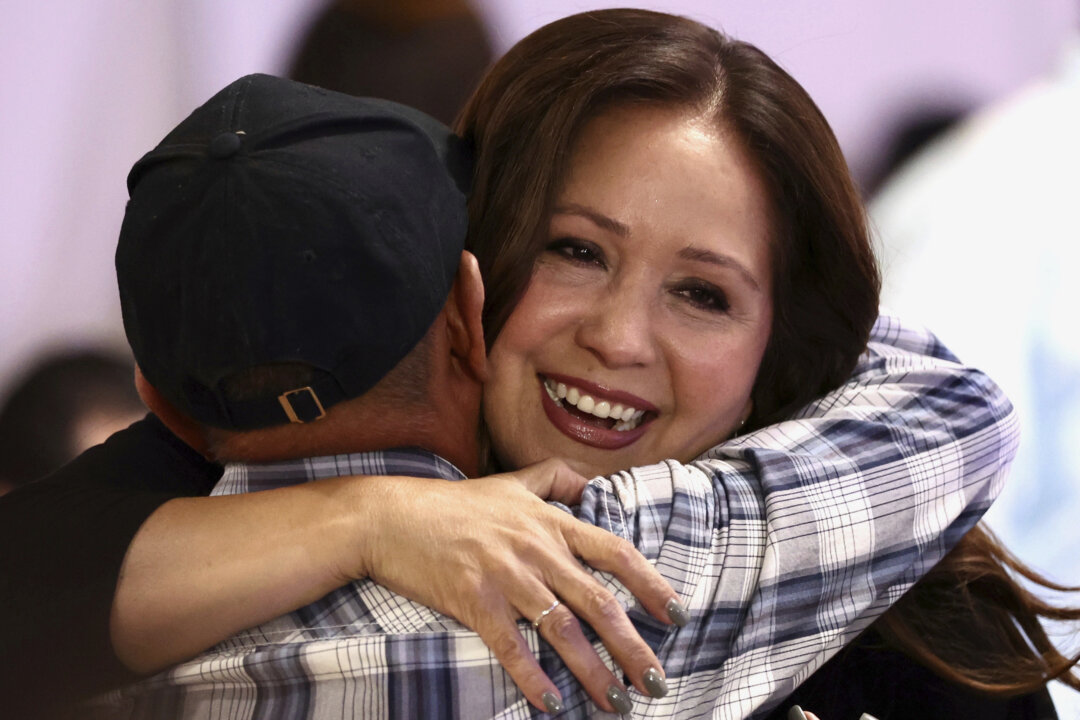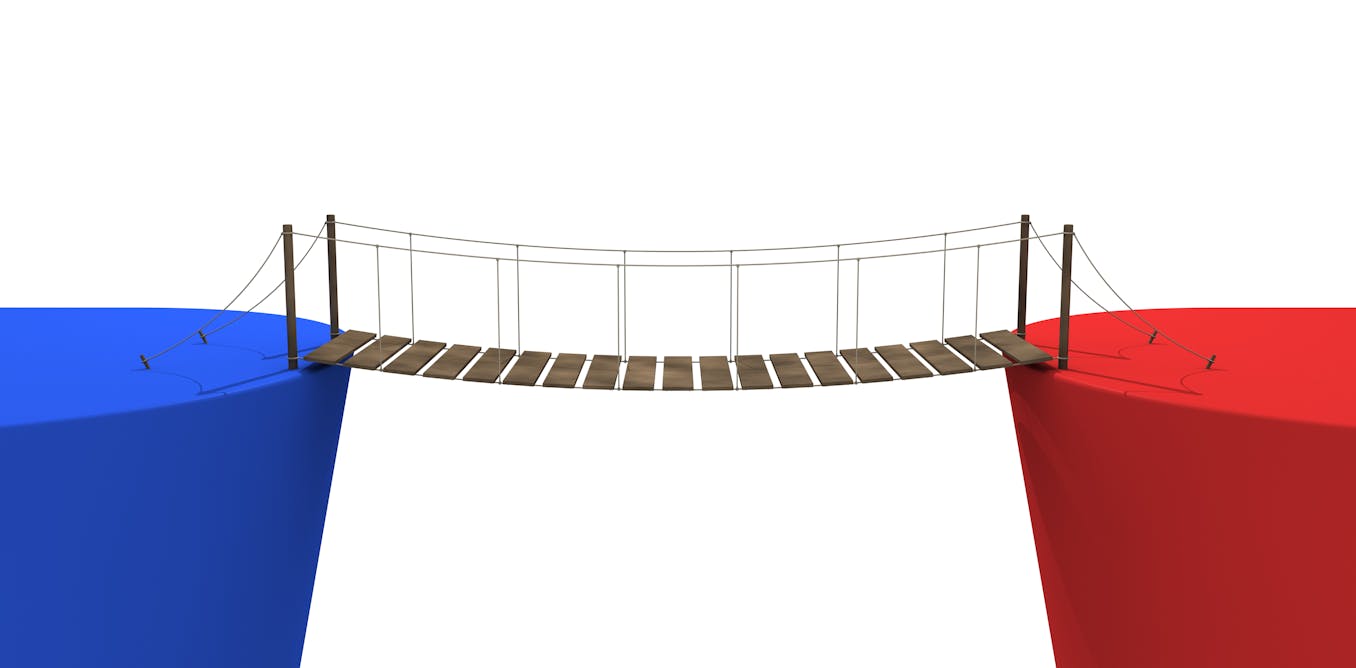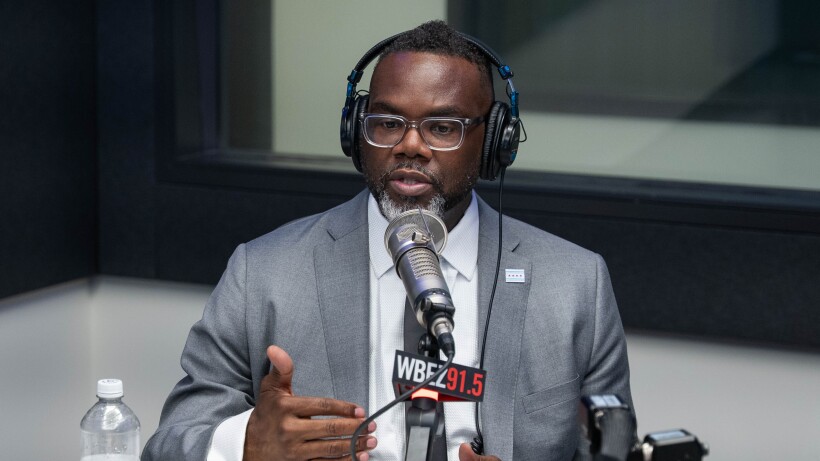Tehran Adopts Resilient Stance After Renewed Sanctions
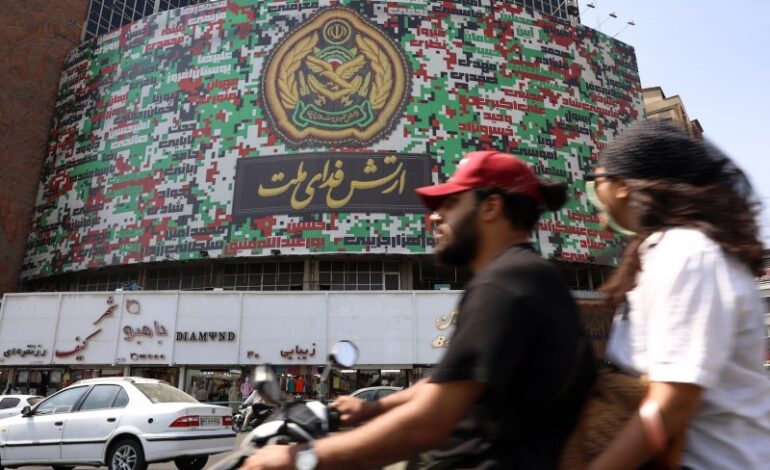
Tehran is navigating a renewed wave of international sanctions following the reinstatement of pre-2015 restrictions by France, Germany, and the United Kingdom on August 28, 2023. This decision triggered the United Nations’ snapback mechanism, reinstating significant limitations on Iran’s arms sales, ballistic missile activities, asset freezes, and travel bans. Despite attempts by Russia and China to halt the process, their proposal was rejected by the majority of the U.N. Security Council.
In response to this renewed isolation, Iran has begun implementing a dual strategy aimed at reinforcing internal security while projecting resilience abroad. Shortly after the sanctions took effect, the Guardian Council approved new laws that increase penalties for espionage and partnerships with “hostile states,” particularly Israel. Concurrently, the Islamic Revolutionary Guard Corps (IRGC) conducted high-profile military drills in Tehran, revealing new uniforms and equipment.
Surprisingly, the Expediency Council also conditionally endorsed Iran’s accession to the Convention for the Suppression of the Financing of Terrorism, a significant shift after years of resistance. Proponents within the council argue that compliance could help curb funding to regional allies like Hezbollah, aiming to counter Western narratives that depict Iran as a terrorist supporter.
These measures are not merely procedural; they indicate a clear intention by the Iranian government to withstand the pressures of renewed sanctions by tightening internal controls and demonstrating resilience to foreign adversaries. Tehran appears to be opting for a strategy of patience rather than provocation.
Despite efforts to delay the snapback sanctions, many Iranian officials anticipated this outcome. They publicly downplay the anticipated economic impact, asserting that Iran can endure such restrictions. Media outlets linked to the IRGC frame the sanctions as a psychological operation by the West, intended to undermine public confidence and create political divisions within Iran.
While Tehran has taken some initial steps—such as recalling ambassadors from several European capitals and issuing statements condemning the sanctions—there has been no significant escalation in response. Some in Tehran have suggested more drastic measures, including withdrawal from the Nuclear Nonproliferation Treaty (NPT), which would allow for unrestricted nuclear development. However, both Ayatollah Ali Khamenei and senior officials have consistently rejected this option, recognizing the potential for increased military conflict with Israel and the United States, as well as the risk of prompting neighboring countries to pursue their own nuclear capabilities.
Tehran’s decision-making calculus is informed by the fragility of its regional influence. Many of its proxy groups have been weakened, particularly since the October 7, 2023, attacks, limiting their ability to challenge U.S. and Israeli interests effectively. Although there are still options for cyberattacks or limited military responses, the risks associated with such actions weigh heavily on Iranian leaders.
Iran’s historical experiences with military conflict have instilled caution. The devastating impacts of previous confrontations with Israel and the loss of key military leadership have led to a preference for strategies that avoid direct conflict. Instead of escalating tensions, Iran is likely to continue pursuing incremental measures, such as advancing uranium enrichment and deploying more efficient centrifuges, while carefully managing its relationship with the International Atomic Energy Agency (IAEA).
The Iranian economy, while strained, is not unfamiliar with sanctions. Over the years, Iran has developed methods to sustain its economy, including increasing oil sales to China and utilizing extensive smuggling networks. The regime’s resilience is built on a tightly controlled domestic economy, which has allowed it to survive despite external pressures.
Politically, Iran remains divided. Hard-liners advocate for a more confrontational stance, while pragmatists call for caution. Historically, Khamenei has leaned towards restraint during moments of intense pressure, as evidenced during the Trump administration’s maximum pressure campaign. This preference for a cautious approach is likely to persist.
Khamenei’s strategy hinges on maintaining unity among Iran’s ruling elite while managing public discontent. The regime is acutely aware that internal fragmentation poses a greater threat than external pressures. To mitigate unrest, the government has adjusted its approach to social control, instructing law enforcement to avoid strict enforcement of the Islamic dress code to prevent provoking public outrage.
As social pressures mount from rising inflation and devaluation of the currency, the regime has intensified its repressive measures against dissent. The memory of the violent crackdown during the 2019 fuel protests remains fresh, leading officials to adopt a more vigilant stance. In recent developments, the IRGC has conducted military drills intended to showcase strength and serve as a warning to potential dissenters.
Moreover, the Supreme National Security Council has formulated a comprehensive strategy to address unrest amid increased sanctions. This directive includes both security measures and propaganda efforts aimed at bolstering social resilience.
Tehran appears poised to endure the challenges of renewed sanctions, hoping to navigate a difficult three-year period until potential shifts in the geopolitical landscape occur, particularly with the upcoming U.S. presidential election in 2028. The Islamic Republic is banking on a more favorable administration that may adopt a less confrontational approach towards Iran.
In summary, while the snapback of sanctions presents significant challenges for Iran, the regime’s response is characterized by a mix of internal security measures, military displays, and a strategic emphasis on patience. Khamenei’s leadership reflects a determination to maintain stability within the regime, portraying restraint as a necessary approach to survive external pressures.

